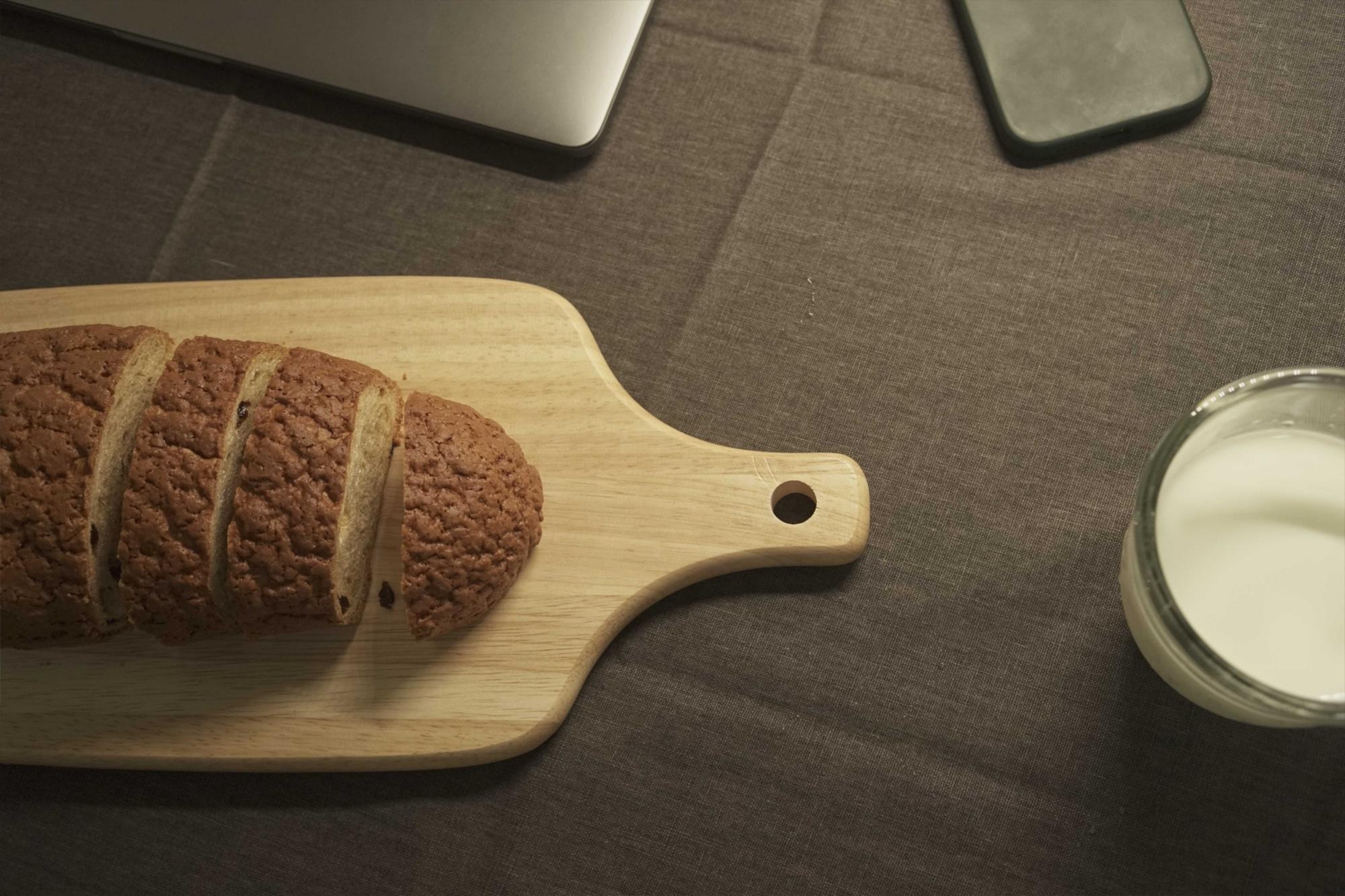| 일 | 월 | 화 | 수 | 목 | 금 | 토 |
|---|---|---|---|---|---|---|
| 1 | 2 | 3 | 4 | |||
| 5 | 6 | 7 | 8 | 9 | 10 | 11 |
| 12 | 13 | 14 | 15 | 16 | 17 | 18 |
| 19 | 20 | 21 | 22 | 23 | 24 | 25 |
| 26 | 27 | 28 | 29 | 30 | 31 |
- data scientist
- algorithm
- BST
- 빅데이터 지식
- Restroom
- binary search tree
- Data Analyst
- Data Structure
- 뉴욕 화장실
- 화장실 지도
- Computer Science
- Newyork
- 빅데이터
- Algorithms
- dataStructure
- HEAPS
- Data Engineer
- hash
- Linked List
- 데이터 엔지니어
- priority queue
- data
- 빅데이터 커리어 가이드북
- Study
- Heap
- Computer Organization
- Binary Tree
- Preparing for the Google Cloud Professional Data Engineer Exam
- exam
- 데이터 분석가
- Today
- Total
Jaegool_'s log
IT 279: Algorithms and Data Structures, Week 6 Heap 본문
Priority Queues
could be implemented as a list, but that has efficiency issues.
At least one of insertion and deletion will be O(n).
Binary heaps are an alternative that offers better performance
Min Binary Heap: Min binary tree + a complete tree(insert from the left child)
percolate up: when inserting a smaller value in a min binary heap
Constant to insert the value at the end.
Must swap with a parent at most height of the tree -1 times.
Height: O(log n) b/c complete tree
delete minimum
1. replace the root value with the last value in the heap (reduce the size of the heap)
2. Fix the Heap: Percolate Down (if the smallest child is smaller than the parent, swap)
Minimum priority value is in the root:
Constant time to access that node
Heap Drawback
Often want to maintain FIFO ordering of items with the same priority
Heaps do not do that
heapify(max heap):
1. check the last parent node and compare it with their children
2. swap with the largest child if there is a larger one.
3. check again the children until they don't have any children.
Progress Check 14 on Heaps
In Big-Oh terms, what is the maximum height of a complete tree with n nodes?
O(log n)
True or false: Heaps are normally implemented in arrays.
True
Which of the following is used when inserting into a binary heap?
Which of the following is used when deleting the minimum value from a minimum binary heap?
Progress Check 15 on More Heaps
Insertion into a binary heap takes: O(log n)
The buildHeap(or heapify) process uses: percolateDown
What is the runtime of the buildHeap(or heapify) process? O(n)
'Courses' 카테고리의 다른 글
| IT279: Algorithm and Data Structures Recap 1/3 (1) | 2023.12.10 |
|---|---|
| IT 279: Algorithms and Data Structure EXAM2 prep (0) | 2023.11.06 |
| IT 279: Algorithms and Data Structures, Week 5 Hash Tables (1) | 2023.10.05 |
| IT 279: Algorithms and Data Structures, Week 4 Search Trees (0) | 2023.10.04 |
| IT 279: Algorithms and Data Structures, Week 3 Trees recap (1) | 2023.10.04 |




